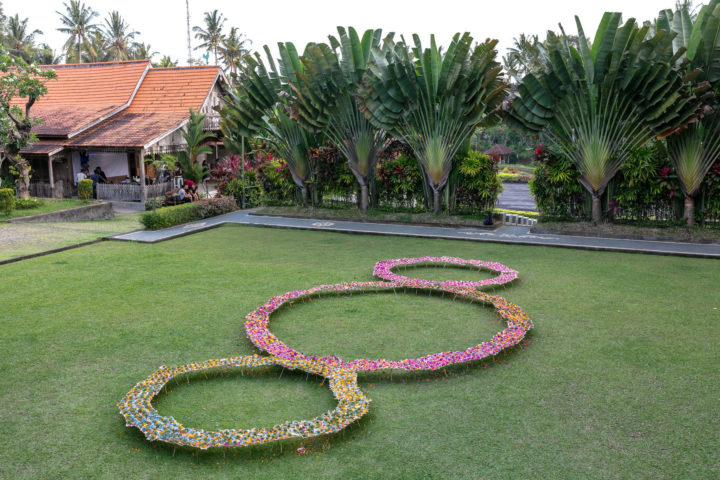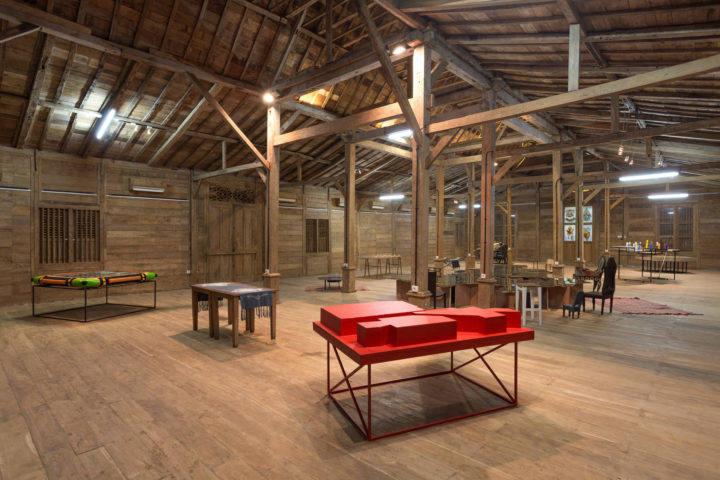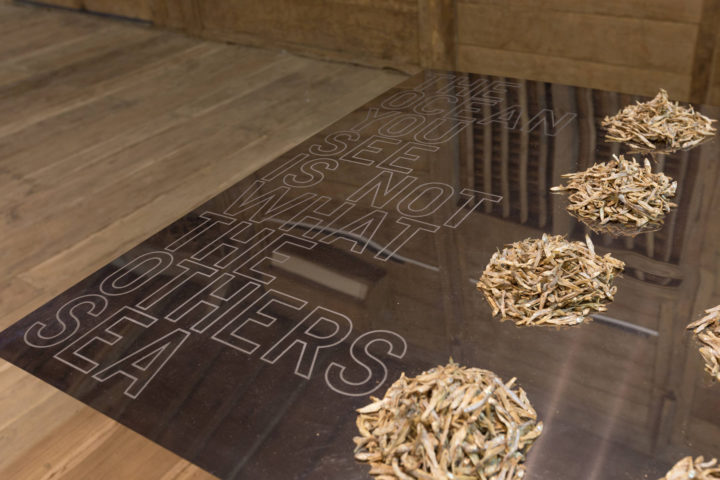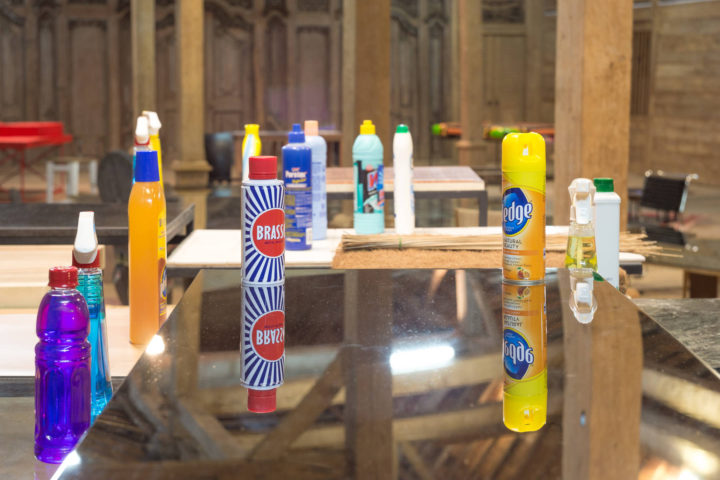



Arthub Favorite: Week 130
The Great Archipelago
Duration: 2018 October 31 – December 15
Venue: Kayu, Bali, Indonesia
Artists: Arahmaiani, Ashley Bickerton, Dora Budor, Marco Cassani, Rafram Chaddad, Rirkrit Tiravanija, Fendry Ekel, Michal Helfman, Michelangelo Pistoletto, Rochelle Goldberg, Filippo Sciascia, Entang Wiharso
Kayu’s “The Great Archipelago,” is on its eighth project, which consists of an international group exhibition. The exhibition is part of the first “Rebirth Forum – Sustainability Through Differences,” an event which aim is to create a platform for public and private entities, individuals and institutions, engaged in daily practices of sustainability and coming from different fields: from energy to food, from production to intercultural dialogue, from design to agriculture, from culture to health.
The exhibition is deeply inspired by the work of Michelangelo Pistoletto and reflects on the concept of the table as a domestic object and as a symbol of union. The exhibition will feature eleven tables designed by the aforementioned artists and produced in Indonesia. The tables exhibited will host one hundred guests during the aforementioned three-day event. After the conclusion of the forum all the tables will remain on view for the entire duration of the exhibition. Furthermore, the title of the exhibition refers to the title of Michelangelo Pistoletto’s artwork, Il Grande Arcipelago [The Great Archipelago], a mirror table conceived by the artist for this occasion and produced in Indonesia. The table represents the seas that touch Indonesia and it is part of the mirror table series that Pistoletto made and which looks at the sea as the ultimate cultural melting pot, a symbol of meeting between different cultures.
About Kayu
Kayu is Lucie Fontaine’s branch in Bali and since its inception it presented solo exhibitions by Luigi Ontani, Radu Comșa, Ashley Bickerton as well as the international group shows Domesticity V, Domesticity VI, Domesticity VII, and Ritiro. Located in one of the Joglos, the traditional Javanese wooden house, part of the Setiadarma Rumah Topeng dan Wayang [House of Masks and Puppets] compound, Kayu will inaugurate a new space, Batu [stone in Indonesian and Balinese languages] located in a tradition Balinese building made of volcanic stone.
All images copyright and courtesy of the artists and Kayu